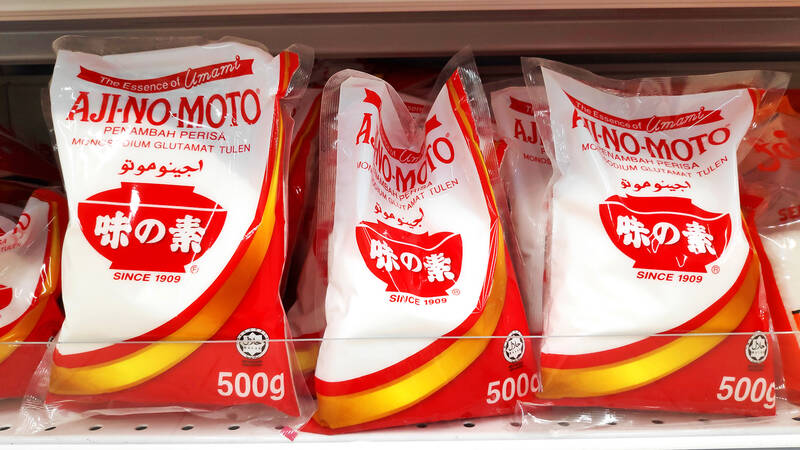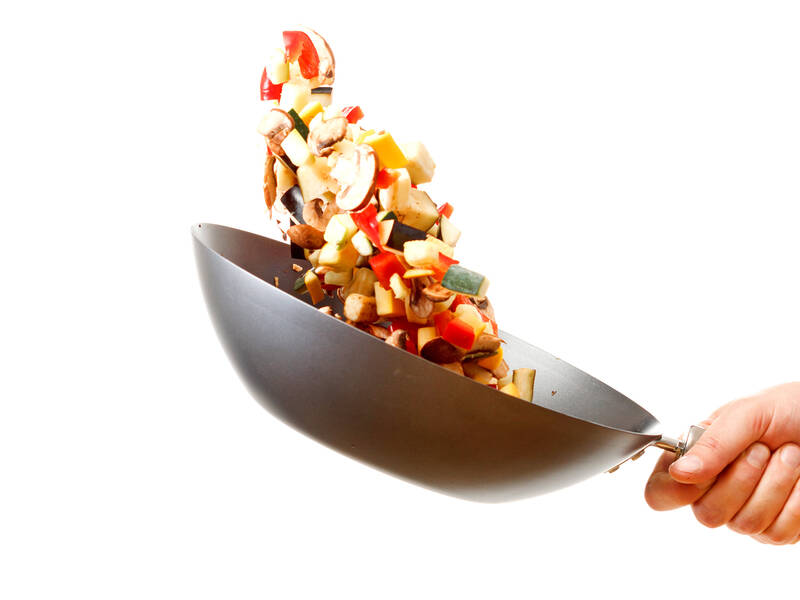Monosodium glutamate (MSG) has been used in cooking for over a century to enhance flavor. It is often found in Chinese dishes and many other cuisines. Despite its common use, many people misunderstand the safety of MSG.
The bad __1__ of MSG started in the late 1960s, when a letter to the New England Journal of Medicine described symptoms like a racing heart, weakness, and numbness after the writer ate Northern Chinese food. While no specific cause was __2__, a series of questionable studies in 1968 began to point the finger at MSG.
In one such study, neurologist Herbert Schaumburg and his colleagues performed experiments that were later __3__ for their design. In the first part, two individuals who had negative reactions after dining at a Chinese restaurant ate MSG-rich soup in the same restaurant, and four others were given pure MSG. All participants reported feeling __4__. In the second part, 55 out of 56 people who __5__ pure MSG on an empty stomach reported symptoms like burning and facial pressure. The third part involved nine people with a history of headaches, who were given three bowls of chicken broth, one of which was salted to __6__ the added MSG. Only two reported headaches.

Photo: AdobeStock I 照片:AdobeStock
味精(MSG)用於烹飪來增強風味已有超過一世紀的歷史。味精經常出現在中華料理和許多其他菜餚中。儘管味精廣泛受到使用,但許多人誤解了味精的安全性。
味精的不良聲譽始於 1960 年代晚期,當時有一封寫給《新英格蘭醫學期刊》的信描述了信函作者在吃了中國北方菜以後出現的症狀,如心跳加速、虛弱和麻木。雖然沒有找出具體原因,但 1968 年一連串有問題的研究開始將矛頭指向味精。
在一項這樣的研究中,神經學家赫爾伯特.紹姆堡和同事進行了實驗,那些實驗後來因設計而遭受批評。在第一部分的實驗中,兩名在中餐廳用餐後出現不良反應的人在同一間餐廳飲用富含味精的湯,另有四人被給予純味精來食用。所有受測者皆表示感到不適。在第二部分的實驗中,空腹食用純味精的五十六人中有五十五人表示有灼熱感和臉部壓力等症狀。第三部分的實驗包含九名有頭痛病史的人,他們被給予三碗雞湯,其中一碗加了鹽來掩蓋添加的味精。只有兩人表示頭痛。

Photo: AdobeStock I 照片:AdobeStock
Word in Use
1. flavor n.(食物的)風味∕味道
The ice cream had a sweet flavor that all of us enjoyed.
那種冰淇淋有著我們所有人都喜歡的甜味。
2. misunderstand vt. 誤解,誤會
John misunderstood the instructions and made the wrong choice.
約翰誤解了指示而做出錯誤的選擇。
3. questionable a. 有問題的,可疑的
The scientist’s findings were questionable and needed more proof.
那位科學家的研究發現是有問題的,尚需更多證據。
Practical Phrases
1. get a bad rap 聲譽不佳
rap n. 看法【俚】責備;埋怨;批評【美】罪責;刑罰;刑期 T
The new restaurant got a bad rap because of some early mistakes.
那間新餐廳因為初期出了一些錯誤而名聲不佳。
2. a series of. . . 一連串∕一系列的……
series n. 系列(單複數同形)
The manager attended a series of meetings throughout the day.
經理一整天下來參加了一連串的會議。
3. point the finger at. . . 將矛頭指向……
The public began to point the finger at the government for its failure to address the crisis.
大眾開始將矛頭指向政府,指責政府未能處理好此次危機。
聽文章朗讀及講解: https://ivy.pse.is/455bfu
本文出自常春藤解析英語雜誌: www.ivy.com.tw

A: The 2025 World Masters Games will begin on May 17 and run until May 30. B: World Masters Games? A: It’s a quadrennial multi-sport event for people over 30, which will be jointly held by Taipei and New Taipei City. B: Cool, maybe we can go cheer for all the athletes from home and abroad. A: There will be an athletes’ parade in downtown Taipei prior to the opening ceremony on Saturday. Let’s go then. A: 2025雙北世界壯年運動會5月17日開幕,持續至5月30日閉幕。 B: 世壯運? A: 這是四年一度、以30歲以上青壯年為主的運動會,本屆是由台北市和新北市共同舉辦。 B: 好酷喔,我們去幫來自國內外的選手們加油吧! A: 週六在台北市區會有選手遊行,之後是開幕典禮,我們去看吧。 (By Eddy Chang, Taipei Times/台北時報張迪)

A: Where will the 35 sports of the 2025 World Masters Games be held? B: Apart from Taipei and New Taipei City, some games will take place in Yilan County, Taoyuan County, and Hsinchu County and City. A: The news says about 25,000 people, including many celebrities and sports stars, have already registered for the games. B: Even Taipei Mayor Chiang Wan-an, who is 47, registered for softball and squash. New Taipei Mayor Hou You-yi, who is 68, also registered for table tennis. A: And it will be the largest sports event ever in Taiwan’s history. How exciting. A:

Computex, Asia’s biggest electronics conference, kicked off Monday in Taipei, and as in years past drew industry chieftains from Nvidia Corp.’s Jensen Huang and Qualcomm Inc.’s Cristiano Amon to Young Liu of Foxconn, which makes the bulk of the world’s iPhones and Nvidia servers. But while last year’s event was a celebration of the post-ChatGPT AI boom, executives this time are likely grappling with the uncertainty of the Trump administration’s effort to reshape the global trade order — disrupting a decades-old model for tech manufacturing. This year’s exhibition will of course feature the hardware required to bring artificial intelligence to life.

Dog owners often wish they could understand their pets’ thoughts. “Dog buttons” might turn their dream into a reality. These specially designed buttons, __1__ sound chips, enable dogs to communicate their needs by pressing buttons corresponding to pre-recorded words like “walk,” “play,” “outside,” and “food.” This bridges the communication __2__ between humans and their canine companions. The science behind dog buttons is based on the concept of associative learning. It’s a process __3__ learners can link actions with outcomes. For instance, if an owner consistently presses the “walk” button and then takes their dog for a walk, the dog